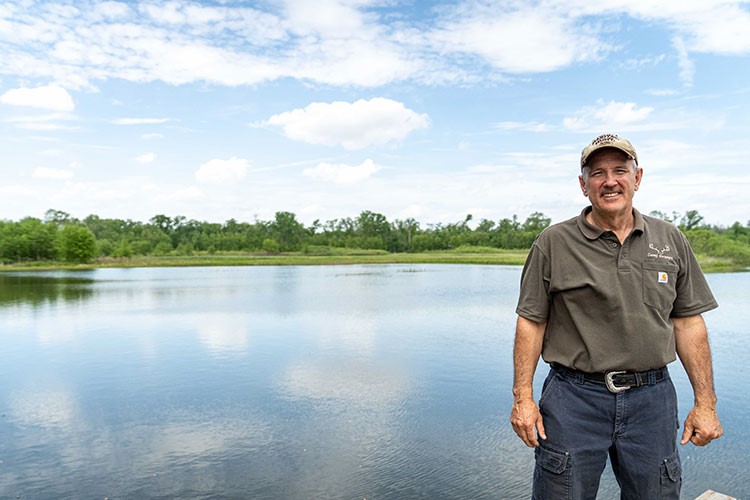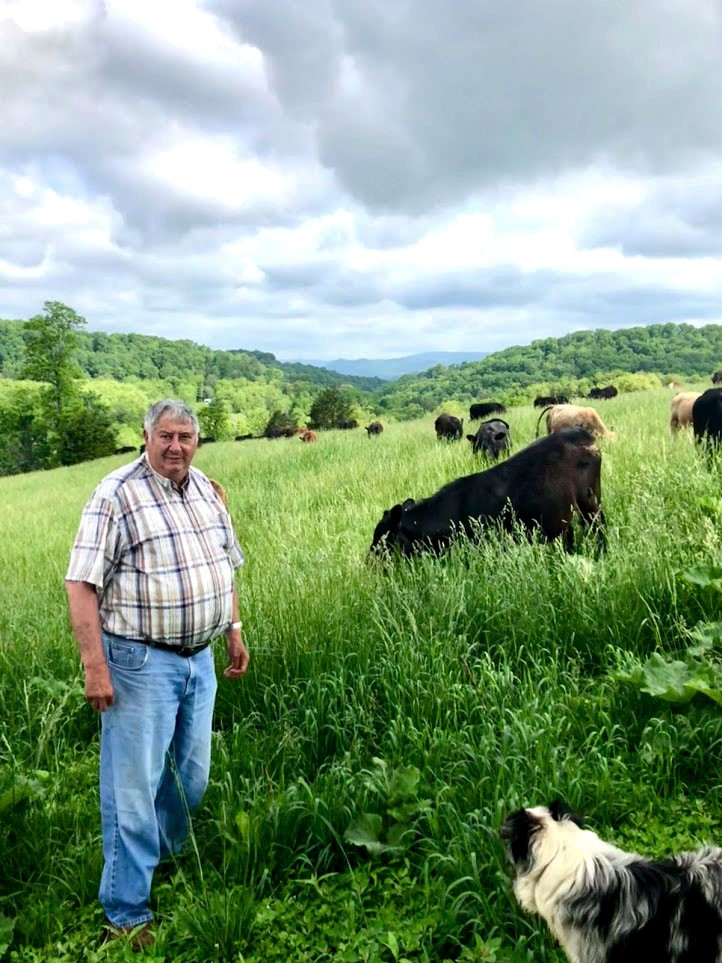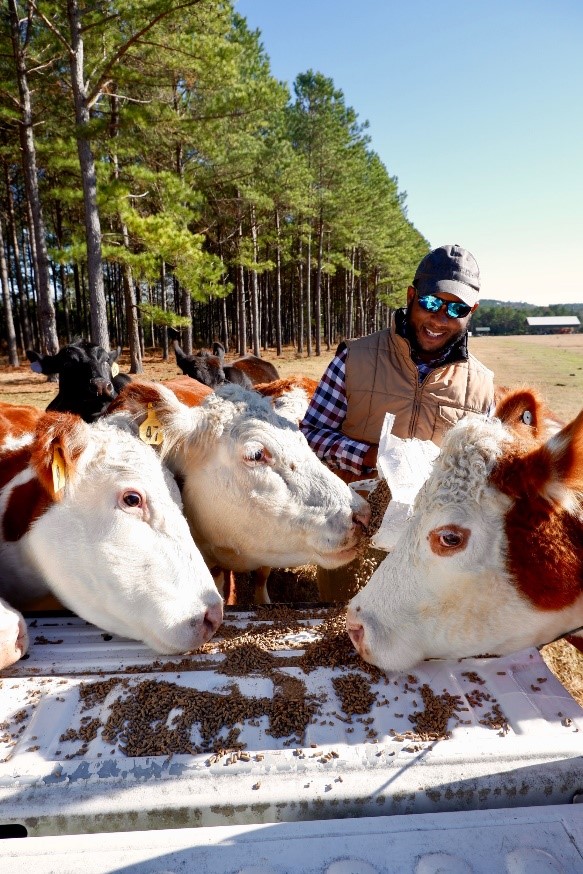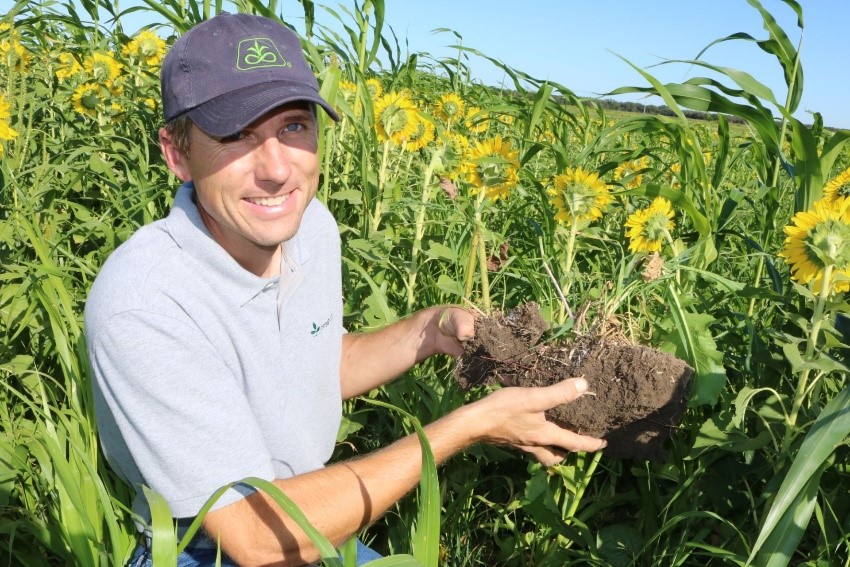Our nation's farmers and ranchers earn the credit for CRP's phenomenal success. This collection of success stories illustrate how CRP participants are using the program to improve their operations and maintain a healthy environment for all Americans.
These stories reflect the varied benefits of CRP - reducing soil erosion, improving water quality, increasing wildlife habitat, and providing societal benefits. Geographically diverse, the stories cover a wide cross-section of farming operations, as well as CRP practices and initiatives.
CRP is achieving far-reaching and long-lasting benefits, thanks to the voluntary participation of farmers and ranchers, America's best stewards of the land.
Restoring for the Future

Mark and Amy Magura of Starke County, Indiana have worked hard over the last three years to restore more than 200 acres of former farmland back into a wetland and wildlife oasis. As stewards of the land, Mark and Amy want to restore and preserve the land for future generations, and with the help of CRP and other conservation programs at USDA, the Magura’s land is now flourishing with life— birds are chirping, frogs are croaking, and a myriad of other wildlife sounds fill the landscape. Read more.
Transforming with Conservation
Bill Cooper raises Angus cattle on the land his family has operated since 1941 in Wythe County, Virginia. He turned eight acres of his farm into buffer areas with the Conservation Reserve Enhancement Program (CREP), which is part of CRP. With CREP, high-priority conservation goals are identified by the state, and then federal funds are supplemented with non-federal funds to achieve those goals.

With CREP and Virginia’s Best Management Practice Program, he was able to add over 13,000 feet of fencing, 7,000 feet of pipeline, eight four-ball water troughs, two wells, stream crossing and cattle walkway, and over 1,100 trees.
The fencing has made it easier for Bill to manage his cattle while extending his grazing ability by implementing rotational grazing. “Participating in CREP and BMP has been the best thing I’ve ever done on this farm. I can already see so much benefit from everything we’ve done in these programs,” Bill said. Read more.
Steward of the Land
Christopher Sumpter Jr. is a fourth-generation farmer from Borden, SC, where he raises Hereford and Black Angus cattle. Chris is continuing his family's legacy, running a cow-calf operation and working daily in the pastures.
He participates in CRP, which provides yearly rental payments to farmers who remove environmentally sensitive land from agricultural production and plant species that will improve environmental health and quality.

As part of his CRP participation, Chris has planted large areas for pollinators and loblolly pine tree reiterating how important it is to be good stewards of the land no matter what operation you’re running.
“USDA programs have substantially impacted my operation by helping me to improve my agricultural practices and allowing opportunities to gain more knowledge of the agricultural community,” said Chris. “[These programs] have been a great resource in time of agricultural need.”
Chris is best described as a public servant who spends his time between several different ventures. He was elected to the Sumter County Council in 2016 at the age of 24. Read more.
Resiliency on the Rise

Justin Knopf, a fifth-generation farmer at Knopf Farms near Gypsum, Kansas, is a partner in a diversified operation growing wheat, alfalfa, corn, soybeans, and sorghum. If there’s one word he thinks about the most—from a business, environmental, agronomic, and human resource standpoint—it’s resiliency.
Building a relationship with USDA has been key to the operation’s resiliency. Working with USDA’s Farm Service Agency, Risk Management Agency, and Natural Resources Conservation Service helps Justin to manage risk and his land.
“One of the resources we think about regularly on our farm is human resources – and collaboration with other people. The collaboration we have with FSA, RMA, and NRCS is important to our team,” said Justin. “These agencies’ programs help us offset risks we face season-to-season as we deal with weather and markets out of our control.”
Justin has a passion for agriculture. He enjoys telling his story to help others and provide a stronger foundation for the next generation. Learn more.
